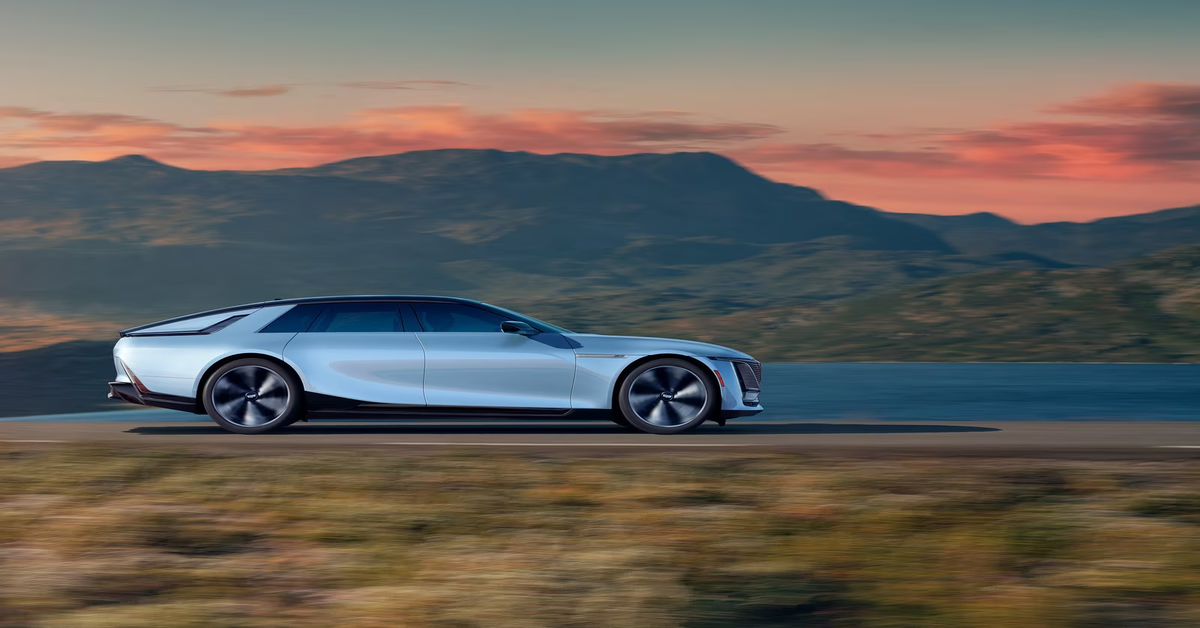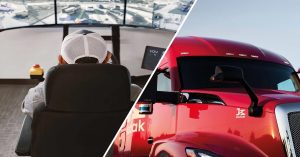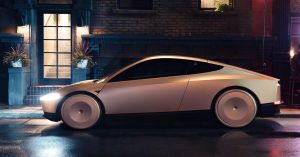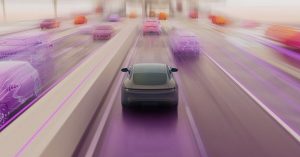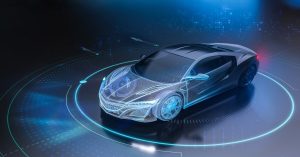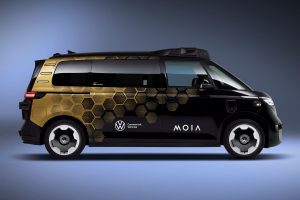With the cameras and radars, the Ultra Cruise system also uses lidar technology to create an accurate 3D representation of the surroundings. Located behind the windshield, the lidar sensor provides more precise detection of objects and road features such as vehicles and lane markings, even in poor weather conditions.
Furthermore, the Ultra Cruise system includes three 4D long-range radars on the front and back of the vehicle, enabling the use of Adaptive Cruise Control speeds as well as lane change maneuvers at highway speeds. These radars help to detect an object’s location, direction, and elevation relative to the speed of the vehicle and also assist the system in determining safe stopping distances.
One of the most significant features of the Ultra Cruise system is the Driver Attention System, which ensures that the driver is paying attention and can take control of the vehicle if necessary. The system uses a small camera located on the steering column to monitor the driver’s head position and eyes in relation to the road. If the driver becomes distracted or looks away from the road for an extended period, the system will alert the driver to take control of the vehicle.
The Ultra Cruise system also includes a new computing platform featuring system-on-chips developed by Qualcomm Technologies, providing the necessary processing power to enable the system’s various components to work together seamlessly. This computing platform allows for real-time data processing, enabling the system to make decisions and take actions on behalf of the driver
The Ultra Cruise system works through “sensor fusion,” which combines data from the various sensors and cameras to create a 360°, 3D representation of the vehicle’s surroundings. This allows the system to identify potential hazards and take corrective actions, such as adjusting the vehicle’s speed or steering, to prevent accidents.
A deep understanding of what Ultra Cruise is capable of, along with the detailed picture provided by its sensors, will help GM understand when Ultra Cruise can be engaged.
GM plans to release the Ultra Cruise system on the Cadillac Celestiq, a flagship luxury sedan that features a unique, hand-built design. The Celestiq will be GM’s first vehicle to use the Ultra Cruise system, with plans to roll out the technology to other Cadillac models and eventually to other GM brands.
The Ultra Cruise system is designed to enable hands-free driving in 95% of driving scenarios, but there are limitations to the system. For example, the system cannot operate on roads that are not mapped or lack proper markings, such as rural roads or construction zones. Additionally, the system requires good weather conditions and may not work as effectively in rain, snow, or fog.
Despite these limitations, the Ultra Cruise system represents a significant step forward in the development of autonomous driving technology. By providing a 360° view of the vehicle’s surroundings and utilizing advanced sensors and cameras, the system can identify potential hazards and take corrective actions, improving safety and reducing the risk of accidents.
Looking to the future, it is likely that autonomous driving technology will continue to evolve, with new systems and features being developed to improve safety and enhance the driving experience. As these technologies become more widespread, they will undoubtedly transform the way we think about driving and the role of the driver in the vehicle. However, it is essential to remember that these technologies are not foolproof, and drivers must remain vigilant and attentive while using them.
In conclusion, the Ultra Cruise system is a significant technological achievement that represents a major step forward in the development of autonomous driving technology. With its advanced sensors, cameras, and computing platform, the system can provide a 360° view of the vehicle’s surroundings and enable.

